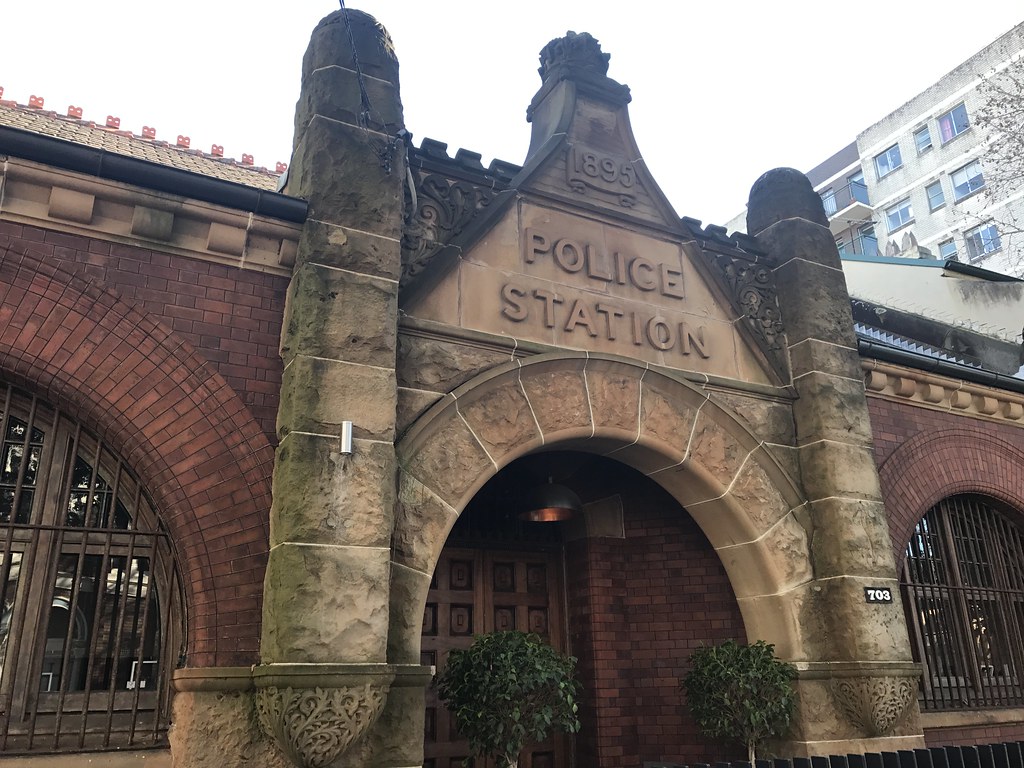Photo by Elizabeth Barrineau
Drag queens fascinate me. How can men be more comfortable in
a woman’s body than I am?
During a performance, four brides-to-be in the audience, and
their all-women entourages, celebrated with male inspired table décor. I’m an old
married person, so I thought young brides-to-be enjoyed bachelorette parties with
live male entertainment of a different kind. Why did our audience of
heterosexual women have an appetite for this art form? The show’s effect on me explained
why.
As a teen, I walked and took public transit around
Philadelphia. Daily, men and teen boys hooted, whistled, and yelled comments
from corners and cars. I felt threatened on my way to school, especially in the
early morning when men threw open car doors and, “Need a ride, baby?” echoed
from inside. It crushed me with powerlessness. Harassment and disrespect from
strangers added to my male biology teacher wanting to photograph me. Another teacher
congratulated me on my engagement ring with raised eyebrows and a grin saying,
“There’s only one reason why you won’t wait to get married. But that can work.
It’s enough to keep some people together.” These experiences rocked my fragile
self-confidence. On elevated trains, and buses, I ignored someone standing over
me looking down my blouse and the creepy nods and leers as eyes scanned my
body. Towering over me, someone penned me in by putting his knee between mine
as I sat in a sideways-facing bus seat. I said, “Excuse me.” He must have thought
I was getting up for my stop. “Of course,” he said, and moved to let me get up.
I switched to a forward-facing seat. That bus wasn’t crowded.
This backstory may be why seeing a man dressed as a woman has
always struck a sensitive chord. The drag show’s fun music and comedy kept me
from crying as I watched men allowing themselves the same vulnerability as women.
In exaggerated hair, make-up and body suits, their message,
This isn’t real. There’s more to a person than
what you see, was refreshing coming from males. Its novelty rocked me.
The queens spoke to that scared girl on her way to the
pharmacy for her disabled grandmother. In tight jeans that were comfortable and
stylish, I blamed myself when someone pinched me from behind and ducked into an
alley before I turned around. Drag theatrics shout how ridiculous it was to be
ashamed of cleavage or height, or to have enjoyed make-up I bought with my
transit and lunch monies to feel like the woman I was becoming, with hopes of
being respected by appearing older.
I felt more dignity dancing along with men dressed as women
than I did around men dressed as men. I wanted to hug the performing artists
like other woman did who held out money to get the dancers to come within reach.
The queens’ fun exaggerations celebrated me and the other women. No one laughed
when Brittany Spears entered the stage in a parochial school-girl uniform. Her girth
exposed not only female sexual stereotypes, but also body bias.
The next show I attend, I won’t hug a performer, even though
I’ll ache to do so. I’ll simply hold out a ten and say, “Thank you” and try not
to cry.






